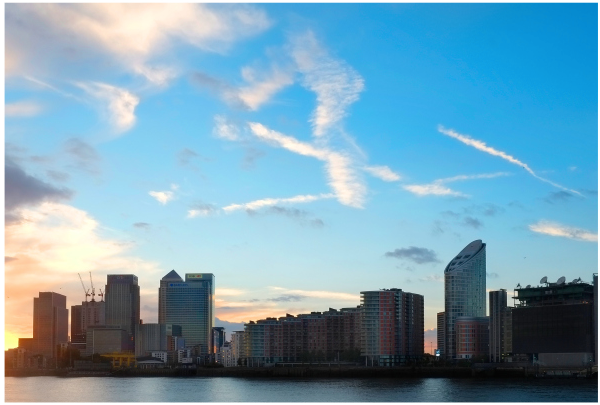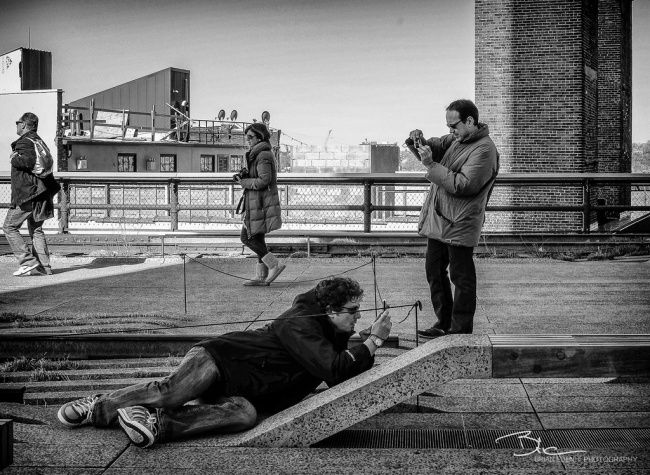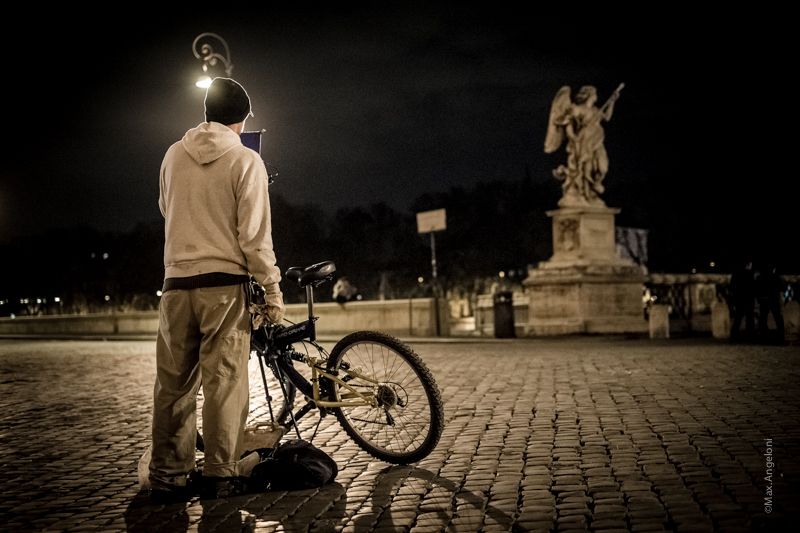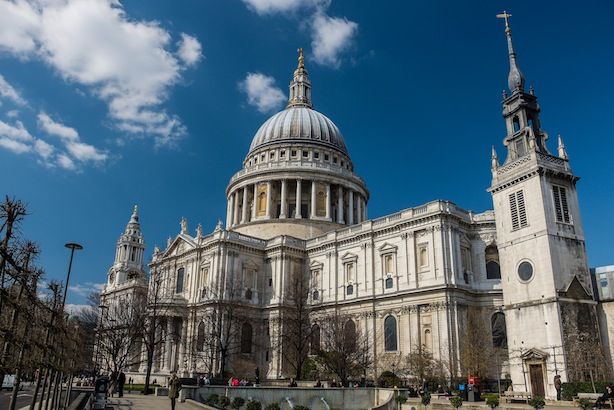– “Following the recent public release of Adobe Camera Raw 7.4, we’ve updated our studio comparison database with new raw conversions of files from the Fujifilm X-Pro 1, X-E1 and X100S. We’ve been using the release candidate version of ACR 7.4 for some time, which contained significant improvements to Adobe’s treatment of files from Fujifilm’s X-TRANS sensors. The official public release version of ACR 7.4 brings some further (very minor) tweaks.” Check it out at dpreview here.
– I already told you months ago about the Kage Collective: “The KAGE COLLECTIVE is an international group of independent photographers focused on visual storytelling, essays and documentary projects… Our body of work is exclusively captured using Fujifilm X-Series cameras. We have chosen this system as a common baseline for its impressive image qualities, its soul and its stealth.” Just look at the results here!
– The question is, “Fuji – just another camera company?” Interesting article of Dave Kai-Piper. Check it out here!
image courtesy: Dave Kai-Piper

X100S
[shopcountry 10075]
– Brian sent me his review called “The Fuji X100s – The New York test. (If it can make it here, yadda yadda yadda).” via twitter. There is an “unscientific” comparison between the following cameras: The X-E1 (“I had a love/hate relationship with the X-E1 […] But hated the electronic viewfinder.” The AF was sluggish, so he borrowed the OM-D EM5 (“I had the opposite experience with the Olympus. The autofocus was so freaking fast, it practically locked in before I even thought about taking a picture. But I didn’t like the ergonomics of the camera“). His next camera was the Sony Whatever It’s Called (“I picked it up at B&H Photo. I hated it. I put it back down and walked away“). He then took the X100 and finally the X100S (“I’m still not sure the AF is quite as fast as the Olympus, but we’re talking milliseconds difference. This camera (the X100s) just makes you want to go out and make pictures. I’m antsy to go out again tomorrow. It’s a joy to use.). Read the whole post, and see his shots, here at walkamileinmyunderpants.
image courtesy: walkamileinmyunderpants

– “Retro Design Meets Modern Technology“. In case you are interested in ratings, the X100S gains 4.5 out of 5 stars at the digitalcamerareview. Class leading image quality, fast autofocus, leaf shutter lets you sync flashes at a super high speed are just a few of the reasons for this high rating. But there are some quirks. So, the flash has some seriously weak game, lens cap is easy to come off and focusing in low light can be frustrating. But check it out by yourself here.
– FR-reader Mike posted Valis’ review in the comments. I checked it, and appreciated it. Read it here. “Overall, I do like this small camera A LOT ! According to all those reasons above and also to the good images it will motivate to take. I said “motivate”, not “help”. I’d love that those of you reading such reviews understand that NO camera, no matter how good it is and appreciated by other photographers would help you taking great images. The photographers themselves are responsible for this matter. And that means studying, experimenting and most important the LOVE for this beautiful form of art called PHOTOGRAPHY!”
X20
[shopcountry 10267]
– X20 video review at digitalcameraworld (click here).
– mingthein has to make a choice: buy the [shoplink 8820]Nikon Coolpix A[/shoplink] or the Fuji X20 to replace the [shoplink 10254]RX100[/shoplink] ? “Quick first thoughts – Nikon Coolpix A and Fuji Finepix X20“. Read here.
“[…] The X20 has the weakest image quality by some margin and is neearly as large as an OM-D, but it’s also the most fun to use, has a built in optical finder, mechanical zoom, a mechanical exposure compensation dial, and the fastest and most accurate focusing. The Coolpix A leads the pack on image quality and UI, but lags on focus speed and VR/IS. I think the dissonance comes from what I think I want (small, fast prime, high IQ, fast AF, optical finder) vs. what I actually tend to use (small, flexible lens range, taking my time to frame and shoot precisely using the LCD, high IQ). Honestly, perhaps the trouble is I like them both – but for different reasons. My heart says ‘buy both’, my wallet says ‘pick one’. Choices, choices…MT”
X-E1
[shopcountry 10259]
– “Now that Adobe have (for the most part) sorted out their issues with the Raw conversion of images using Fuji’s X-Trans sensors, I decided to bite the bullet and step back into the fuji ring. Since selling my X-Pro1, I’ve missed the wonderful colours that Fuji cameras produce.” Read more and see Dublin in Fuicolour here.
– And here is the X-E1 camerastuff-review. “The Fujifilm X-E1 is a beautiful, solid and easy to use camera with high image quality. In terms of resolution, dynamic range and signal to noise ratio, this camera equals a professional SLR camera with a full frame sensor. It is an ideal camera for travel photography or street photography. Your presence will be much less obtrusive than with a professional SLR camera. But the image quality will be of the same high level. The image quality of the jpg files is so good, that for almost every photographer there’s no real need to shoot in RAW. The Fujifilm X-E1 is a camera that gives you the fun in photography and lets you forget all the technology that comes with it.” They tested also the [shoplink 10276]Fujinon XF60mm[/shoplink] here and the zoom lens review [shoplink 10279]XF 18-55mm[/shoplink] can be read here.
X-PRO1
[shopcountry 10261]
-Testing a [shoplink 10291]nikon adapter[/shoplink] with the X-PRO1 at laroquephoto (click here).
– After two weeks with the X-PRO1, fadedandblurred says: “Look, I could go on and on about how incredible this camera is on paper, and while things like pixel density, dynamic range and the ISO vs noise graph are important to digital photography, they aren’t very important to photography, which is what this was all about for me in the first place; to find a tool that would help me to reconnect to the process of seeing and making pictures. The X-Pro1 is definitely not the camera for everyone. It doesn’t look, feel or behave like the DSLR you are probably used to, but, for me, that’s exactly what I was looking for.” Read the whole review here.






